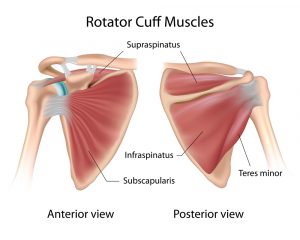‘I’ve Got A High Pain Tolerance’ by Mike Ludwicki
Pain is always horrible experience; our natural reaction is to move away from pain or at least try to reduce it. Everyone at some point has struggled with pain in varying degrees such as stubbing our pinky toe or suffering from something more sinister like sciatica.
The main function of pain is to warn us that something is not right, tissues might have been damaged or may be in danger of injury. In this blog we will present different faces of pain and show you that our perception of it turns out to be more complex than we may initially think.
First, let’s start by noticing the reaction to tissue damage and subsequent healing might be very different. The Central nervous system is the brain and is where we interpret pain. The processing mechanisms are dynamic and changeable. Often our brain responds with increased excitability – so called central sensitization.
Why is that one person might have an injection with no grimace on their face and other will faint just by thinking about it. The needle goes through the tissues, sending painful signals to the brain which is a physical input here, but cognitive, emotional or behavioral factors that go on in our head are generally involved as well. For example imagine you have had a rubbish week at work and you bang your head getting in to the car, that pain will be amplified by the emotional stress you have going on and will be perceived to be worse than if you had a great week and received some brilliant news.
The way we used to rate pain would be 1-10 with 10 being the worst pain imaginable and 0 being nothing at all. In the latest understanding of pain mechanisms, suffering, disability, illness, experience and behavior of the patient has been taken to the consideration. The physiotherapist Louis Gifford proposed the concept of Mature Organism Model. This is based on the human body being a biological entity which has developed a series of reaction mechanisms for its survival and maintenance of homeostasis (regulating the body). Therefore, the pain process can be classified into input, processing and output.
In order to further understand pain mechanisms, let us use a cup analogy. A cup is filled with different bio-psychosocial stressors. Such as tissue damage, worry, fear, sleep, anxiety, habits and so on. All those things begin to fill the cup. If there is too much of stressors acting upon, the cup will begin to overflow, and the pain will occur. So, what we can do about it? We can decrease some of the stressors that were filling the cup, or we can build up a bigger cup. The cup analogy is there to help us to visualize that the pain occurs when we can’t adapt well to the stressors in our lives, and the stressors might be more than just a physical load.
If you would like to have a chat with or book a taster session with him then call us on 01932355529 or email info@westchiropractic.co.uk


